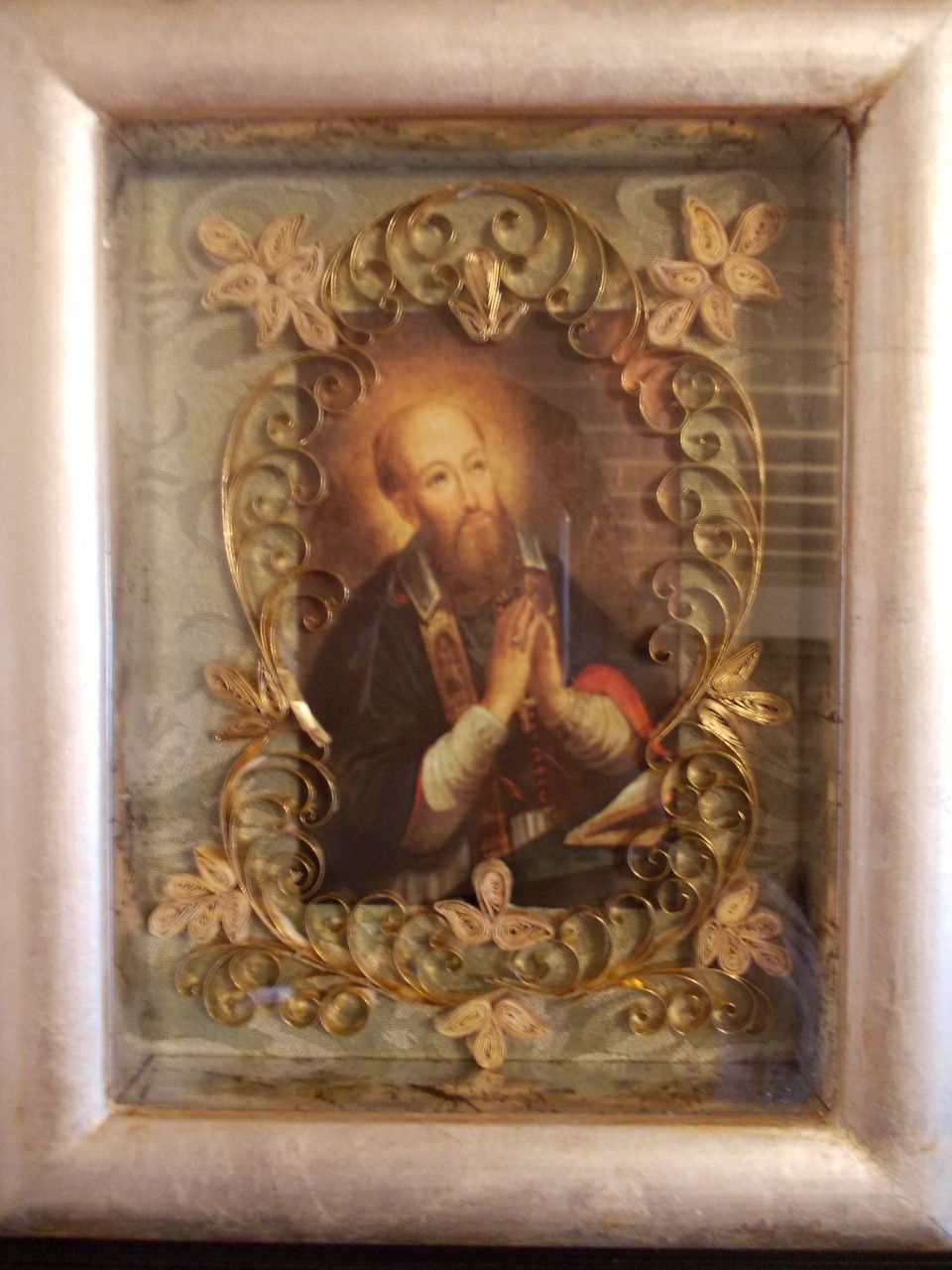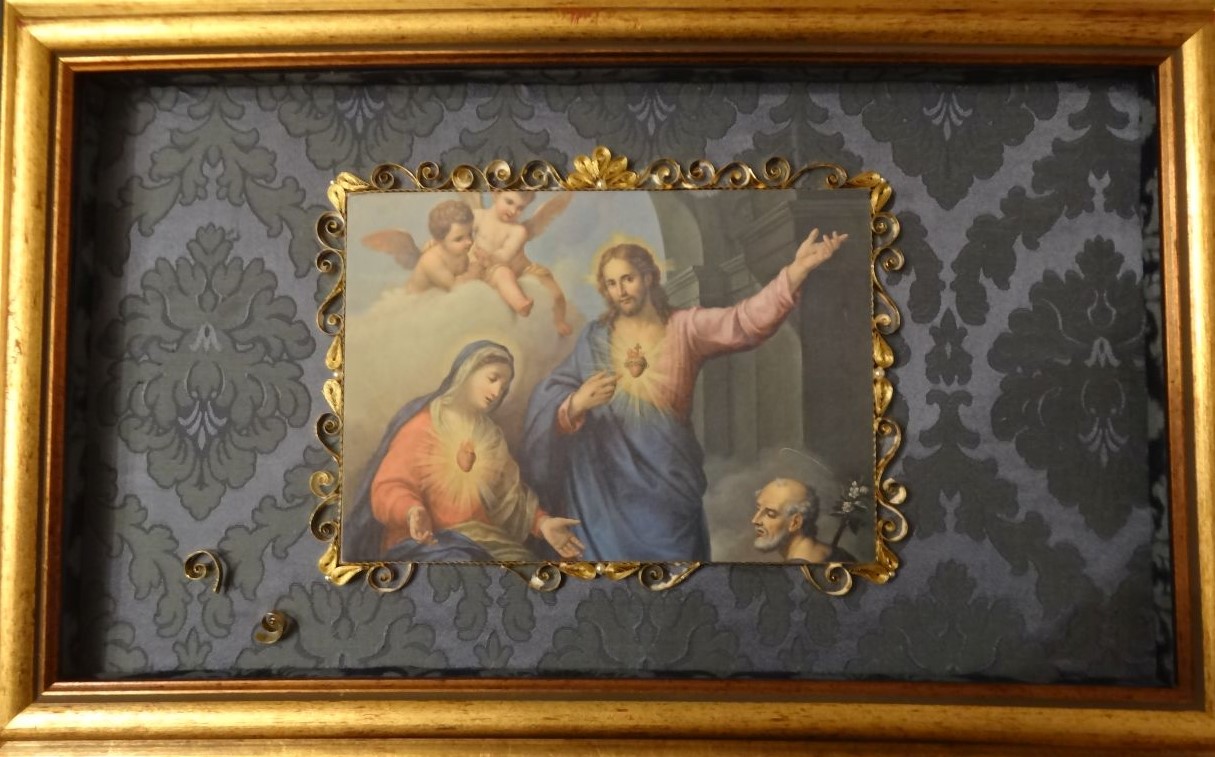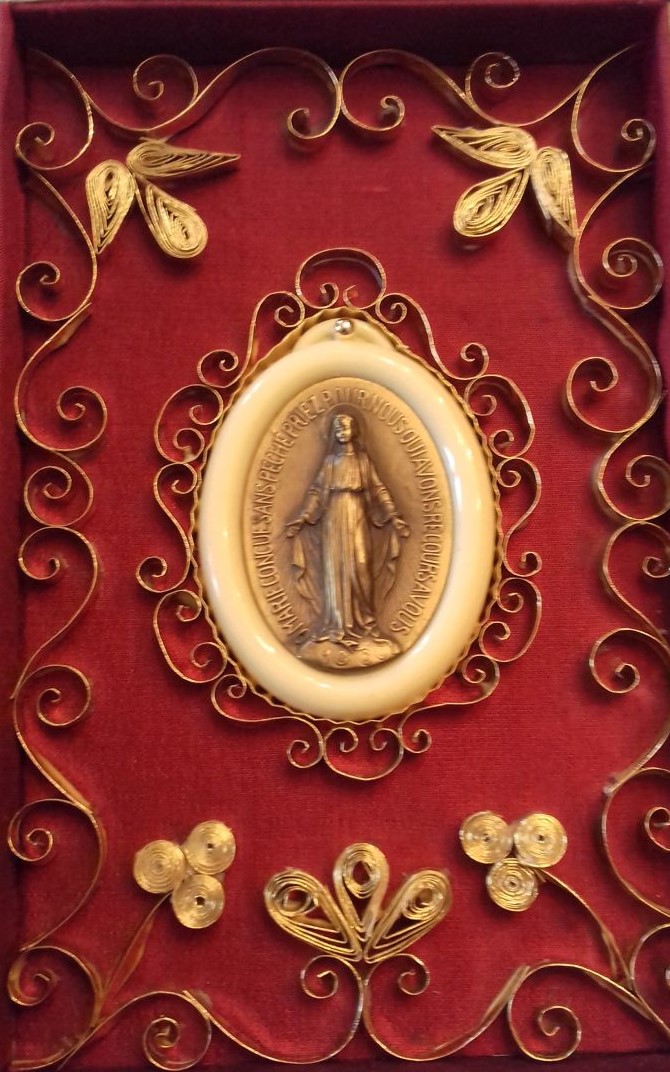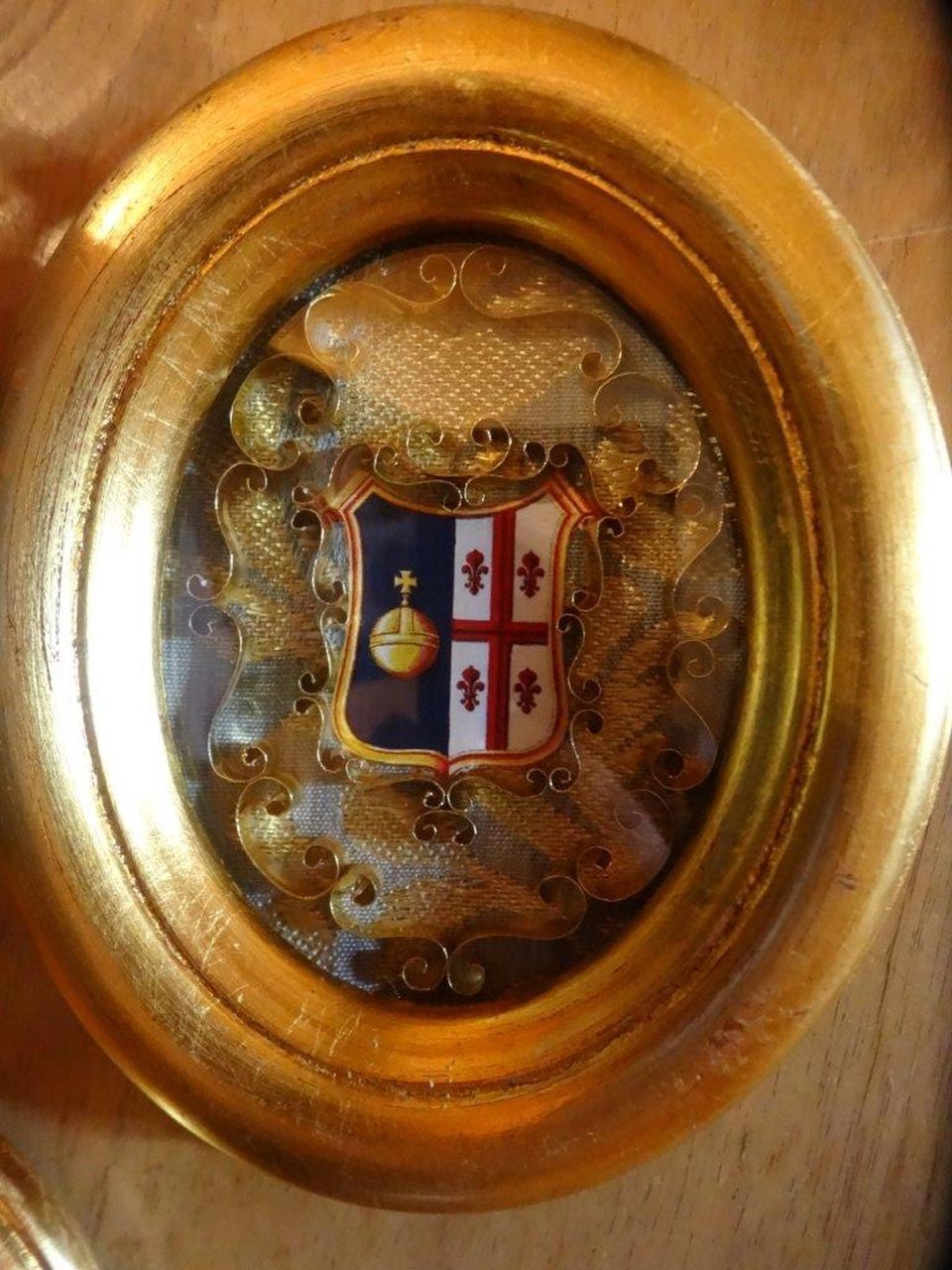The fabrication and restoration of liturgical vestments

Through our vocation to Adoration, we take special care in the celebration of the liturgy and the Holy Mass, bestowing a particular attention to the beauty and dignity of priestly vestments. In that light, we work on the restoration of ancient vestments, making use of the various gifts and talents that God has confided to the community.
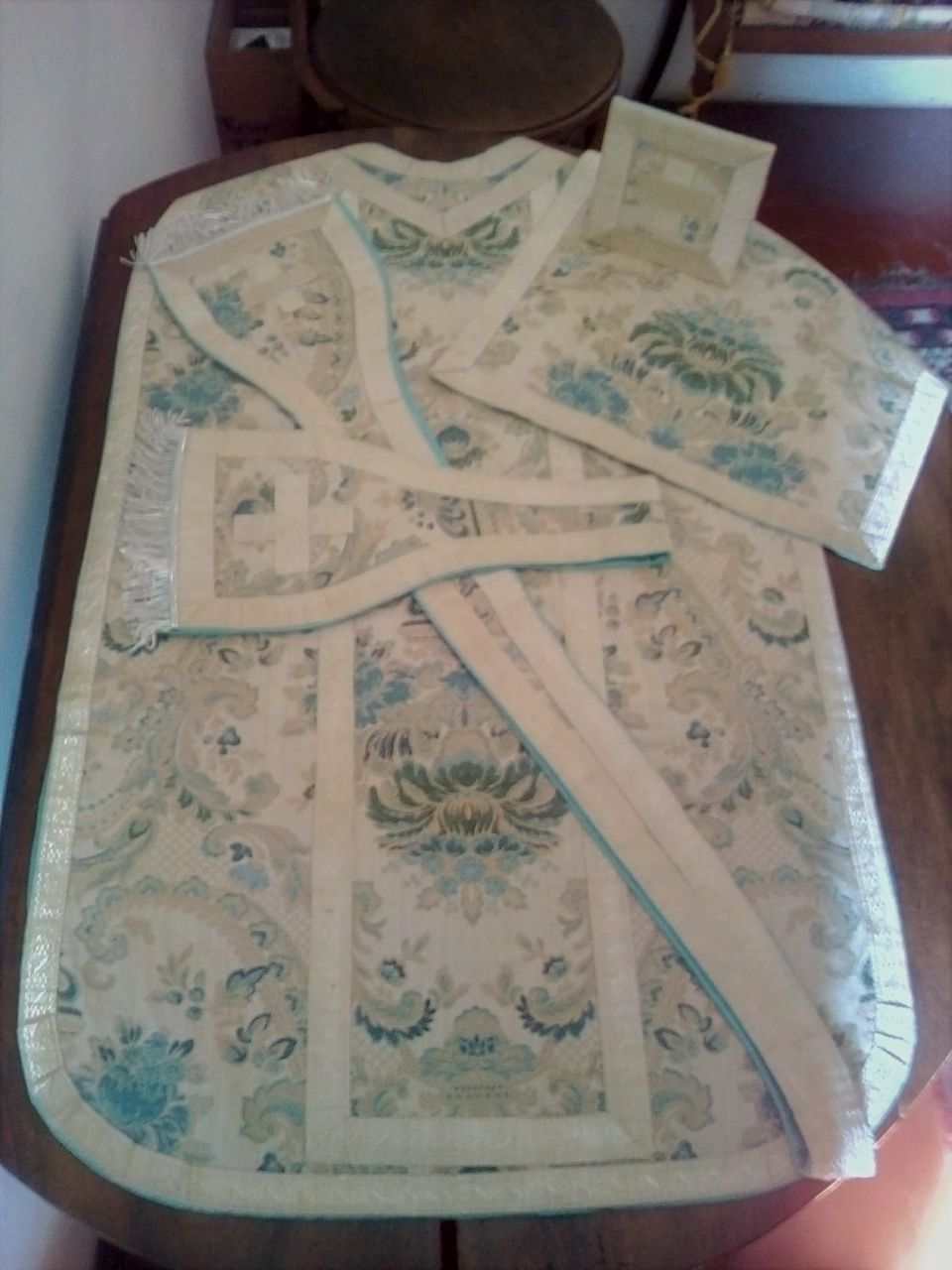
|
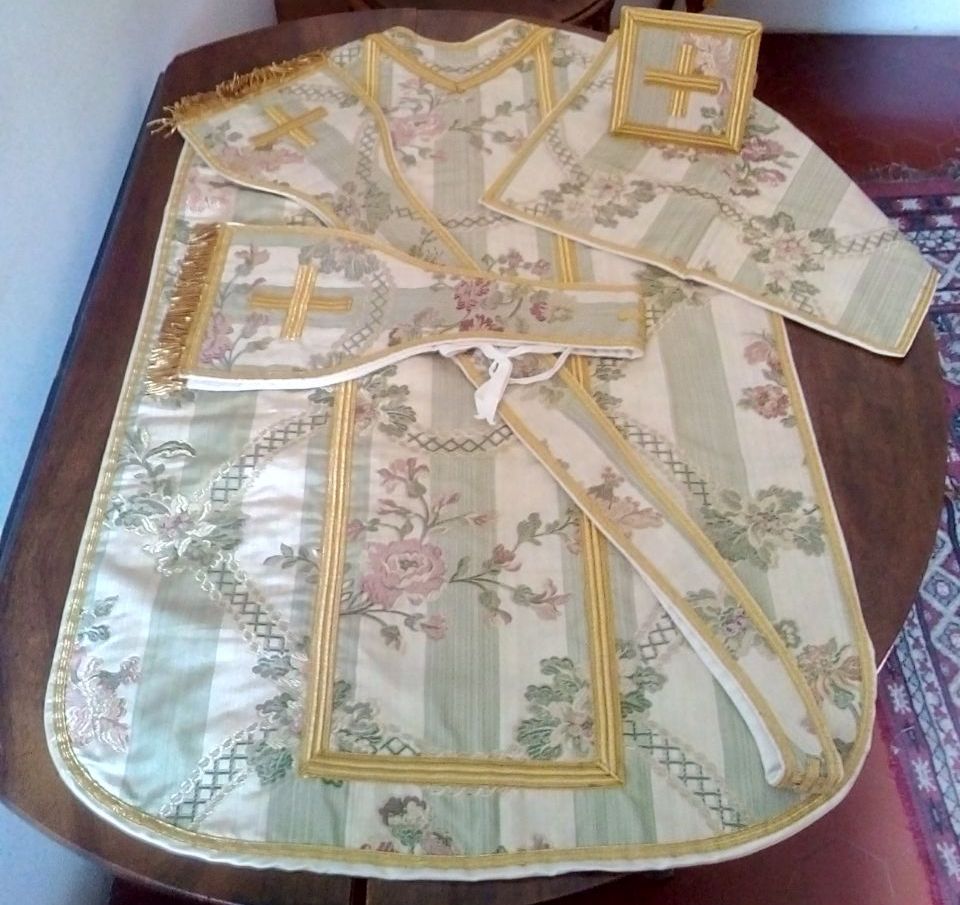 |
Trained on these ancient vestments as models, we also make new chasubles, stoles, maniples, burses, chalice veils..... A community work, at the service of the priests for whom we pray, for the greater glory of God.
 |
 |
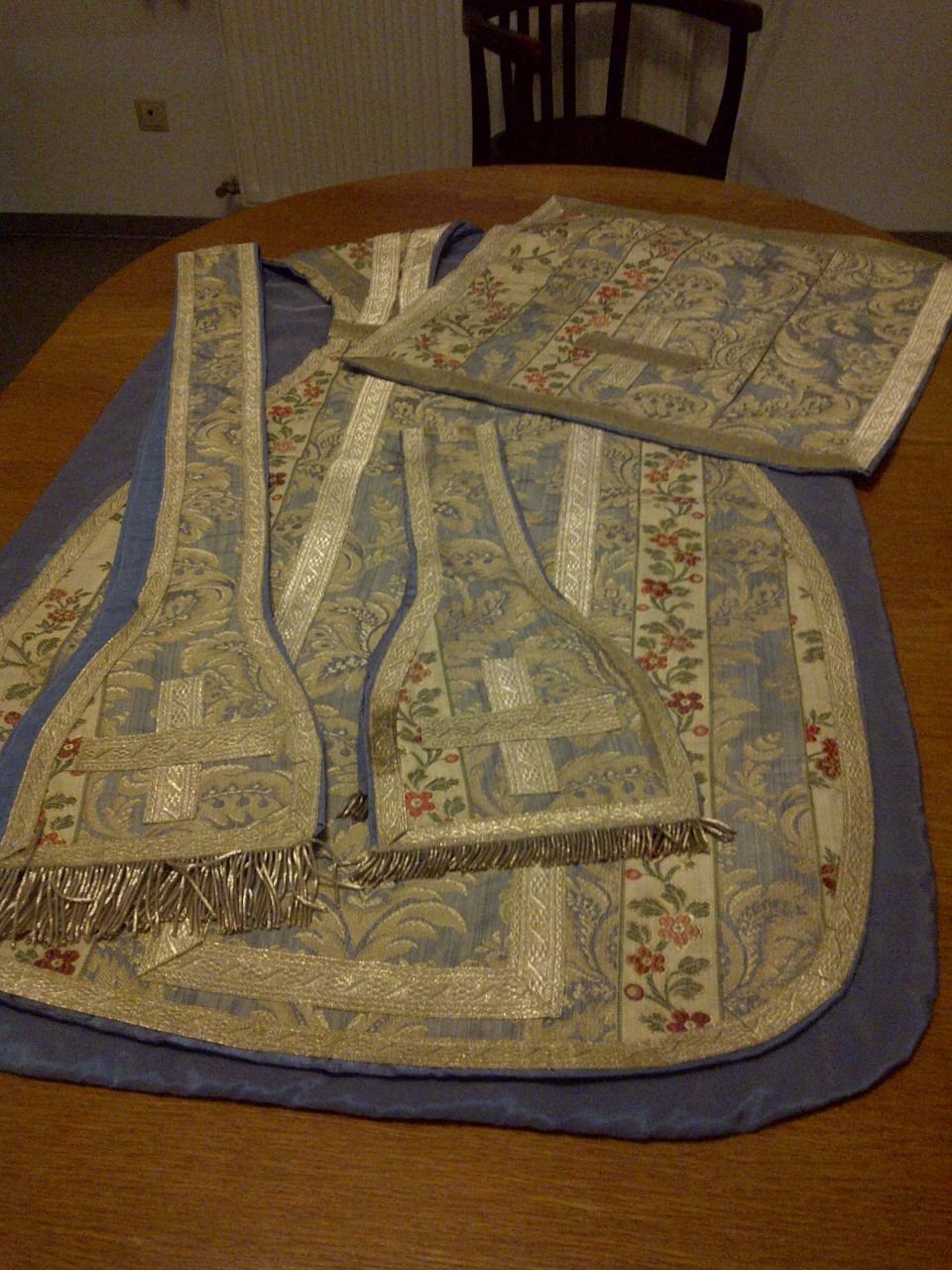 |





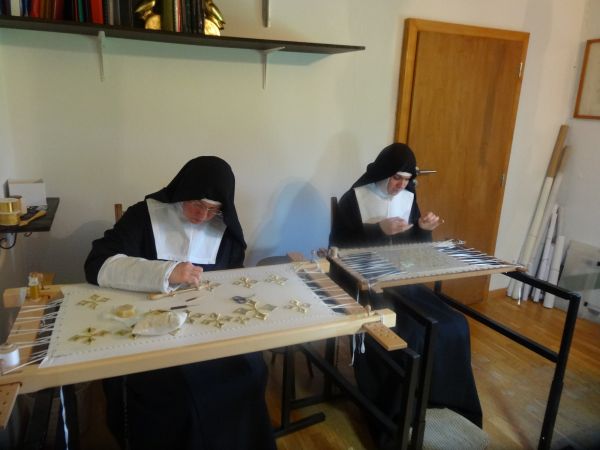
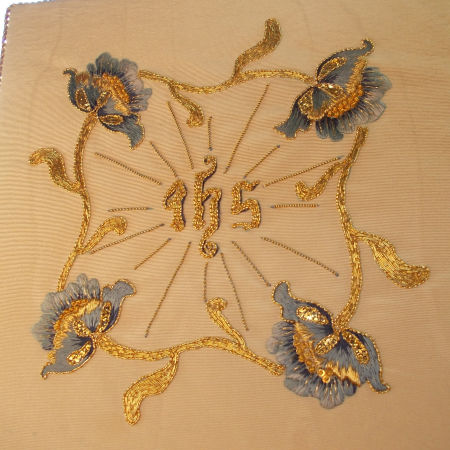
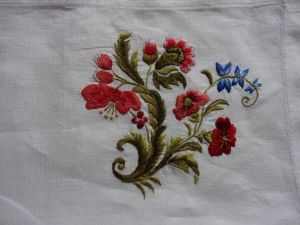



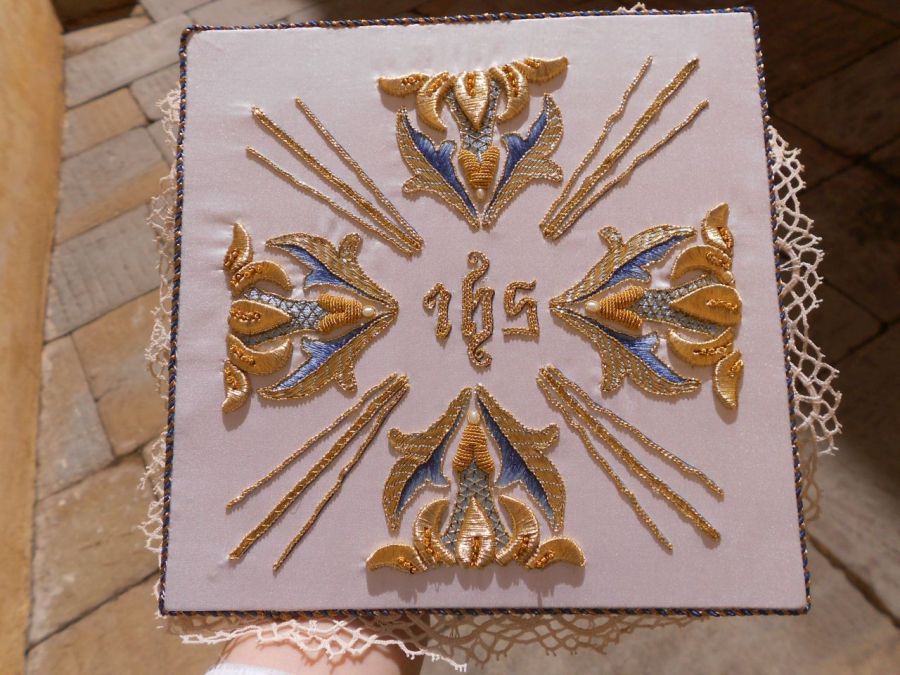
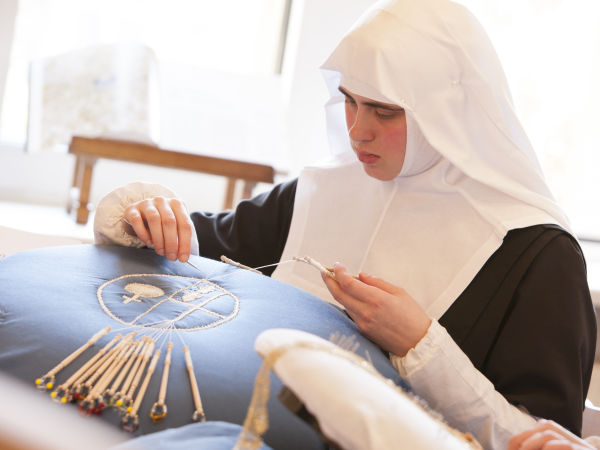 orming different patterns.
orming different patterns.